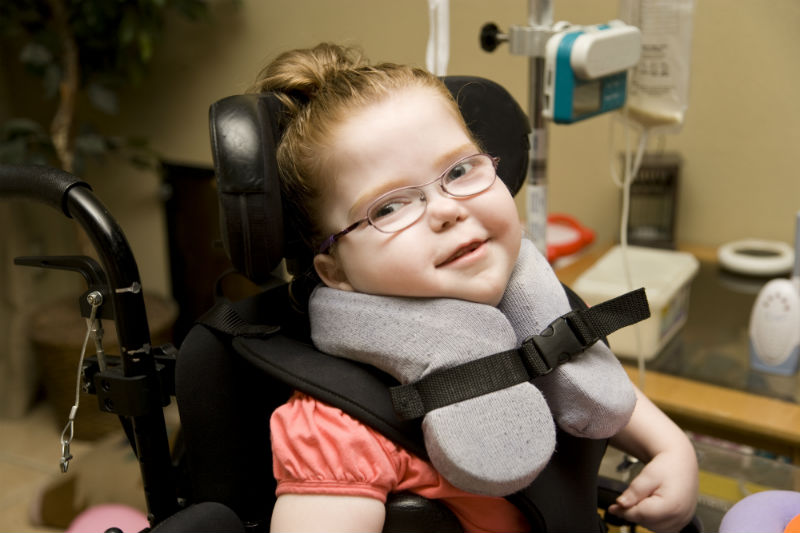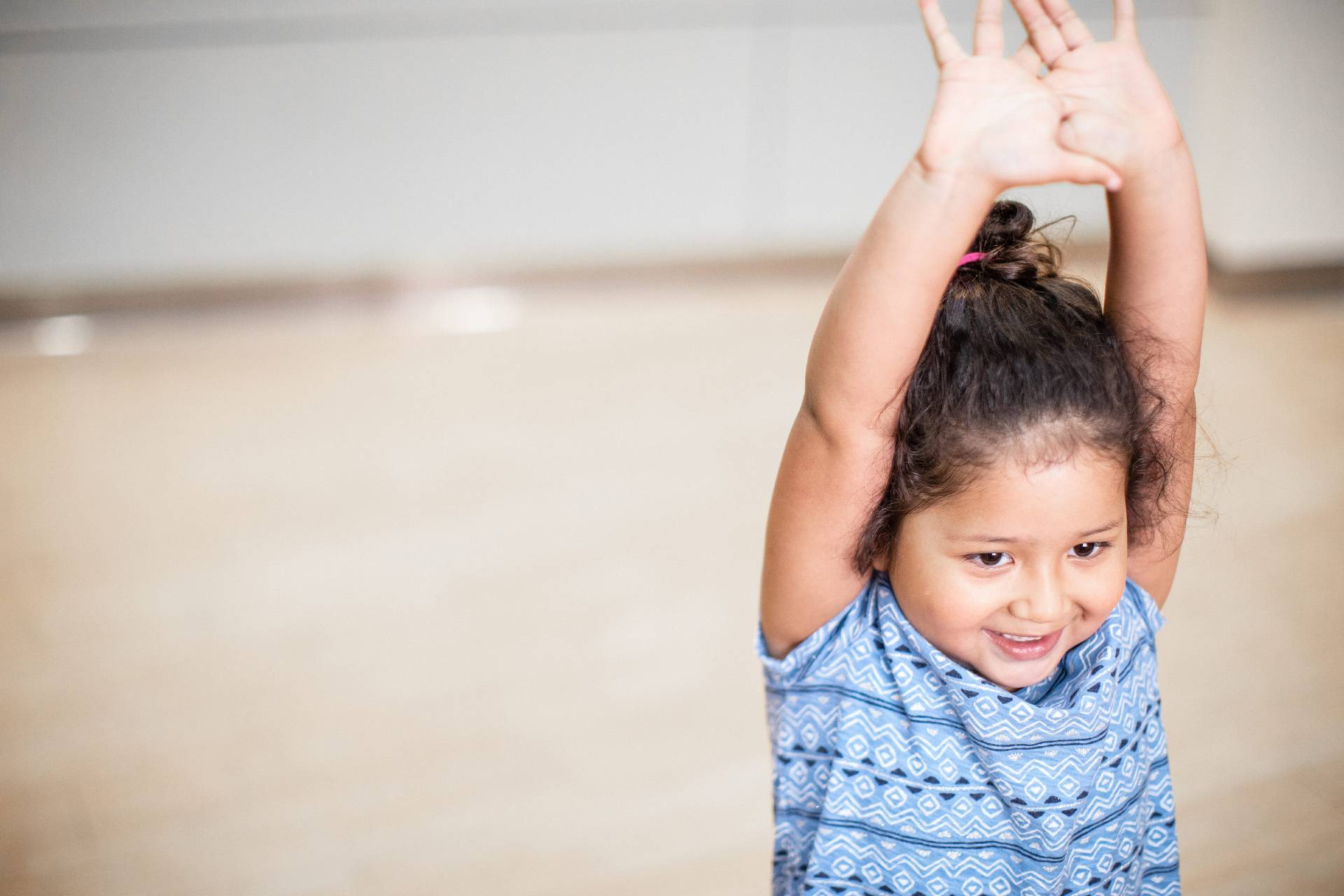Condition
Pediatric Brachial Plexus Palsy
Key Points About Brachial Plexus Palsy in Children
- Brachial plexus palsy in newborns is caused by injury to the nerve roots, or nerves to the arm, often during the birthing process.
- About one to two in 1,000 full-term newborns experience brachial plexus palsy.
- Depending on whether your baby’s nerves are stretched or torn, physical therapy or surgery may be necessary to treat the injury.
- Risk factors for brachial plexus palsy may include: diabetes – preexisting or gestational, abnormal position of baby (especially breech), mid- or high-forceps delivery, large size and/or wide shoulders of baby.
Frequently Asked Questions
What is brachial plexus palsy?
What are symptoms of brachial plexus palsy in children?
How are brachial plexus injuries and palsies diagnosed in children?
How can I manage my child’s brachial plexus palsy?
What risk factors can cause brachial plexus palsy to occur in children?
What types of surgical options exist for brachial plexus palsies in children?
How are brachial plexus injuries treated in children?

Movement Disorders Treatment at Children's National Hospital
The Movement Disorders Program at Children’s National offers evaluation, diagnosis and treatment to more than 400 children each year with conditions that affect the speed, quality and ease of their movement. Discover more about the treatments we offer.

Providers Who Treat Brachial Plexus Palsy
 Aasha's Rare Gift Will Help Other Babies Grow up Healthy
Aasha's Rare Gift Will Help Other Babies Grow up HealthyTesting the descrption field
Departments that Treat Brachial Plexus Palsy

Physical Medicine and Rehabilitation
The Division of Physical Medicine and Rehabilitation treats and monitors infants, children and teens at all stages of inpatient and outpatient rehabilitative care.










